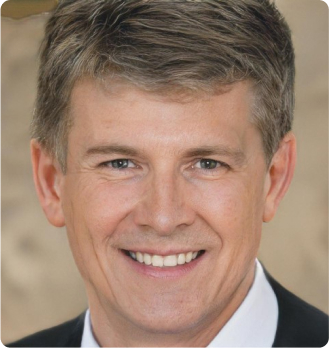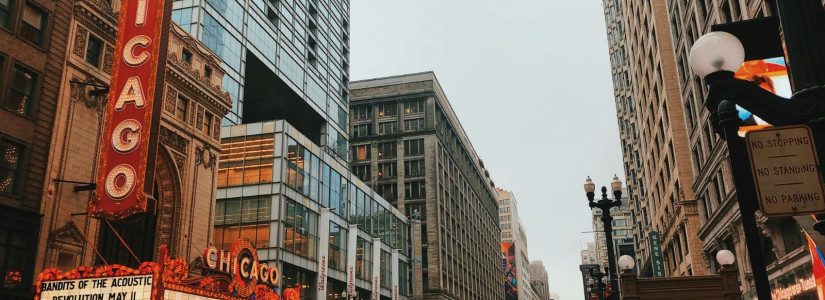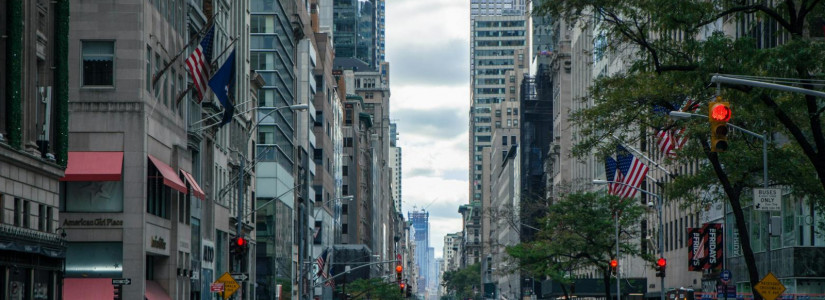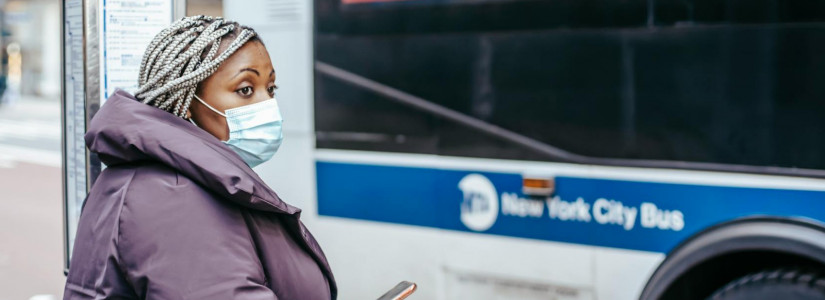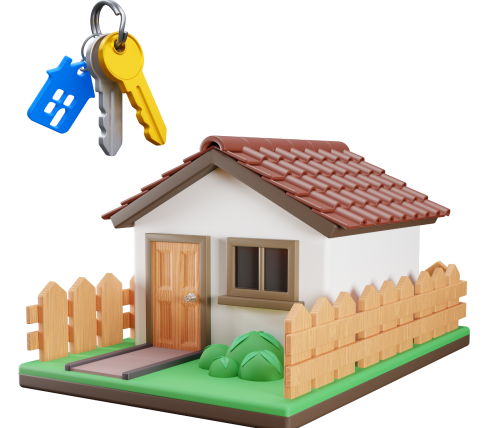THIS Type of Housing Has Been Linked to Higher COVID-19 Risks
As the pandemic progresses, researchers are getting more and more data on what causes viral infections to spread. One surprising cause of COVID is actually linked to the housing market. It turns out that a lack of affordable and safely designed housing can make infections far more likely.
Overcrowding Homes Leads to More COVID-19 Cases
Most people have assumed that cities with a higher population are more likely to have COVID outbreaks. While there is some truth to this idea, researchers have found that overcrowding is an even more accurate predictor of infections. Overcrowding is defined as a home where there is more than one person for every room besides bathrooms. In milder cases, overcrowding can just be two parents and their children crowded into a single bedroom apartment. In more intense cases, overcrowding can lead to 20 people crammed on rows of bunk beds in a 600 square foot home.
Overcrowding is far more likely to cause covid than just basic population density. For example, a study of New York City infection rates found that Queens had a far higher infection rate than Manhattan. Manhattan has more housing units per square acre than Queens. However, due to the design of Queens housing, homes in Queens are more crowded. Similarly high COVID rates are also occurring in San Francisco, Silicon Valley, and other areas notorious for overcrowding.
Without Affordable Housing, Overcrowding Is Inevitable
There are several factors that lead to overcrowded housing. One of the strongest predictors of overcrowding is a lack of affordable housing. Though the housing market remains strong, almost all new construction is for single family homes and luxury apartments. Lower income renters often struggle to find something within their budget. When this happens, their only options are moving out of the city or drastically reducing their space needs. However, moving is not an option for many because all the job opportunities are in crowded cities.
Overcrowding also happens due to all the familial obligations people face. There are some overcrowding situations that consist of strangers living together to save money, but the most common type of overcrowding is among families. Those struggling to make ends meet often end up with multiple generations living together as family members try to take care of each other. Since COVID disproportionately affects the elderly, multigenerational overcrowding can be especially dangerous. Families do their best, but it can be impossible to protect parents, grandparents, and other older relatives.
Government Health Workers Rush to Find Housing Solutions
Unfortunately, there is no easy fix to the problem of COVID spreading through overcrowded areas. Families do the best they can to stop the spread, but it can be almost impossible when there is nowhere to safely isolate infected family members. One mother reported spending days sitting in her closet to keep her children safe. Others living with roommates say the situation has gotten tense, with arguments and threats against anyone who develops COVID. Everyone is scared for their safety, but quarantining is tricky when there is no space for sick people to have their own room.
Some government health workers have recognized the problem, and are taking steps to find solutions. When possible, sending sick people to stay in the hospital or government quarantine facilities is advisable. However, in areas with major outbreaks, there might not be enough space for this. Another option some places are trying is isolating the well people instead of the sick. In houses where everyone besides two or three people are infected, some government departments are providing emergency trailer housing for the healthy household members.
These temporary housing solutions may prove unsustainable as the pandemic progresses. Most social services departments are already struggling to find housing for those dealing with financial issues. Subsidized living spaces are less crowded, so there is less risk of COVID spreading in government housing projects. However, there is a limited amount of these apartments availalbe. At a certain point, many places are likely to run out of space for those in need. Unless more affordable housing is created quickly, many lower income residents may have to choose between risking COVID infection or becoming homeless.

